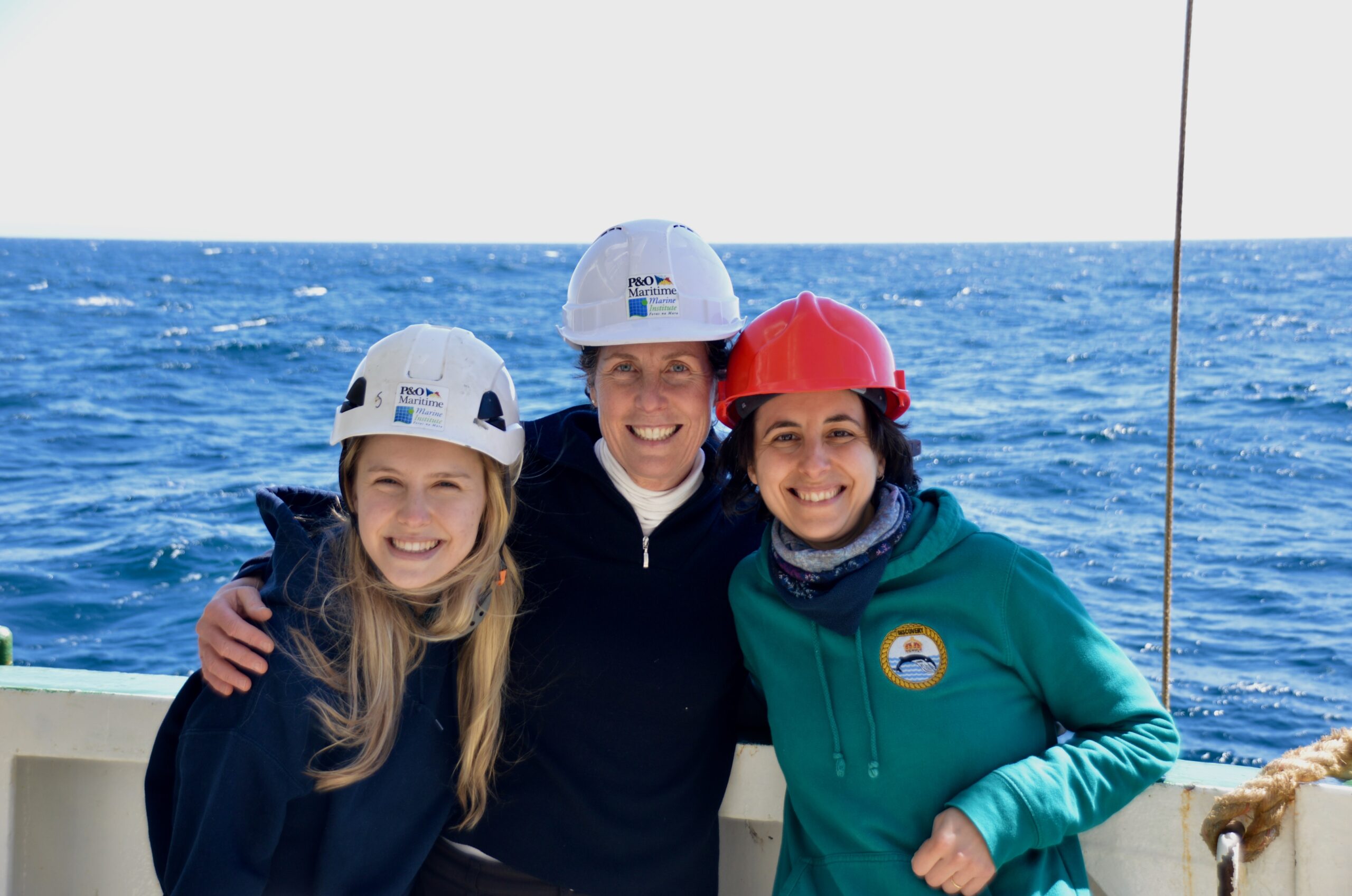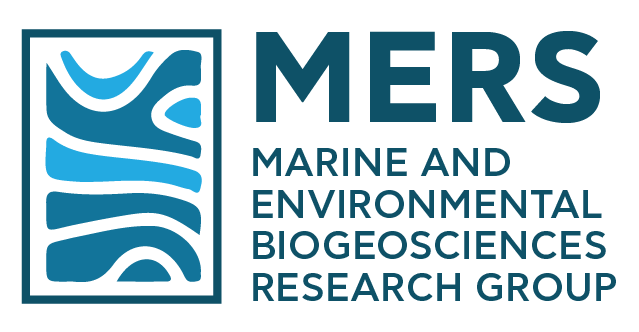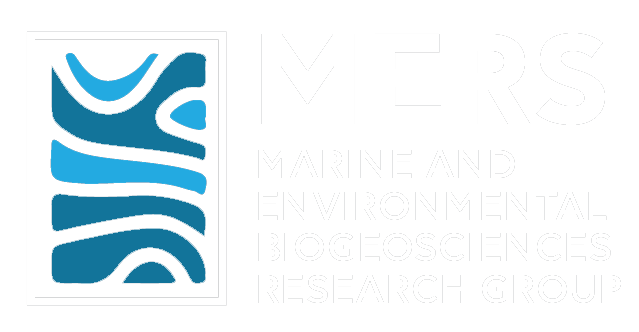The Labrador Sea (Northwest Atlantic) supports enormous spring blooms of phytoplankton and important fisheries, playing a critical role in the biological carbon pump (BCP) and climate regulation. However, this area is experiencing significant changes due to climate warming, such as an increase in sea surface temperature and vertical stratification, and a decline in nutrient concentrations. These changes are expected to shift the plankton community structure and, in turn, productivity and carbon export. Yet, we lack the measurements needed to accurately quantify and predict how climate change will alter the BCP in this key region and understand potential consequences on CO2 sequestration and fisheries resources. Field observations of the BCP at appropriate temporal and spatial in this region are thus imperative.
The NWA-BCP project is a large-scale interdisciplinary project focused on the changing NW Atlantic: “The Northwest Atlantic as a Climate Ocean: Projecting Future Changes in Productivity and the BCP” (funded by the Ocean Frontier Institute, Canada: http://nwa-bcp.ocean.dal.ca/). This project aims at enhancing the understanding of the controls on the BCP and developing novel indices for predicting the magnitude of the processes that regulate carbon export in the NW Atlantic. As part of the NWA-BCP project, Muntsa Roca Martí (MERS postdoctoral researcher), Stephanie Kienast (Principal Investigator), Madeline Healey and Maria Armstrong (Dalhousie University) are responsible for quantifying particle fluxes during two major oceanographic expeditions in the Labrador Sea.

S. Kienast getting the large volume filtration in situ pumps ready for collecting marine particles at different ocean depths.

The “radionuclide team” (M. Healey, S. Kienast, M. Roca-Martí) on board the research vessel Celtic Explorer during the first NWA-BCP oceanographic expedition in the Labrador Sea (spring 2022)
Their specific objectives are:
- identifying the origin of solutes (agriculture, urbanism, tourism, and mining wastes) present in sediments
- quantifying the transfer of these compounds from sediments to the water column in stationary conditions and during sediment resuspension events caused by wind and storm events
- elucidating the contribution of solutes driven by resuspension
events on the eutrophication events

